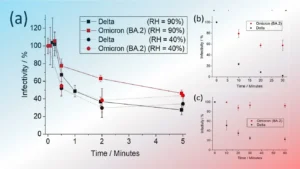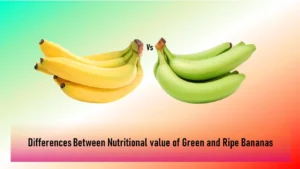Agrobacterium-mediated gene transfer is a widely used method for introducing foreign DNA into plant genomes. This process involves the natural transformation ability of Agrobacterium tumefaciens, which transfers T-DNA into host plant cells.
The T-DNA integrates into the plant genome, leading to stable expression of desired traits. This technique has revolutionized plant biotechnology and has significant implications in agriculture and biomedicine.
Modes of Gene Transfer in Plants
Methods for plant transformation mostly utilise:
- Direct gene transfer methods
- Agrobacterium mediated transformation
- Virus mediated gene transfer
- Floral dip method
Of the above methods, Agrobacterium mediated transformation and Particle bombardment (biolistics) are the most important and most effective direct gene transfer method in regular use.
Agrobacterium based gene transfer
- Agrobacterium is a genus of soil borne Gram-negative bacteria that uses horizontal gene transfer to cause tumours in plants.
- Agrobacterium tumefaciens is the most commonly studied species in this genus. A tumefaciens causes crown-gall disease in plants.
- Agrobacterium is unique for its ability to transfer DNA between itself and plants (it can transfer T-DNA part of Ti plasmid to the plant), and for this reason it has become an important tool for plant improvement by genetic engineering.
- It is also called nature’s genetic engineer.

- Agrobacterium does not usually infect monocot plant species, but is very effective for dicot species. Agrobacterium is listed as being the original source of genetic material that was transferred to these food plants:
- Soybean, Cotton, Sugar Beet, Alfalfa, Rapeseed Oil (Canola), Creeping bentgrass (for animal feed), Potato, Tobacco, Tomato and Brinjal.
Particle bombardment (biolistics)
- To genetically transform cereal crops such as rice, most varieties of wheat etc, biolistics is the most important and most effective direct gene transfer method.
- In this technique, tungsten or gold particles are coated with the DNA that is to be used to transform the plant tissue.
- The particles are propelled at high speed into the target plant material, where the DNA is released within the cell and can integrate into the genome.

Also Read:
How many GM Crops Cultivation are allowed in India
Biosafety Aspects of Genetically Modified Crops in India











